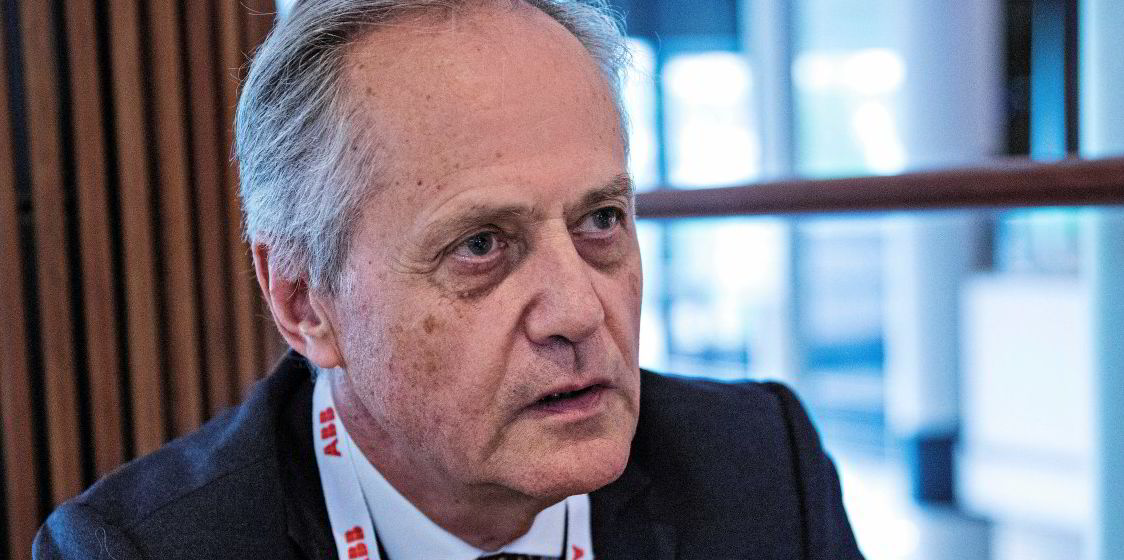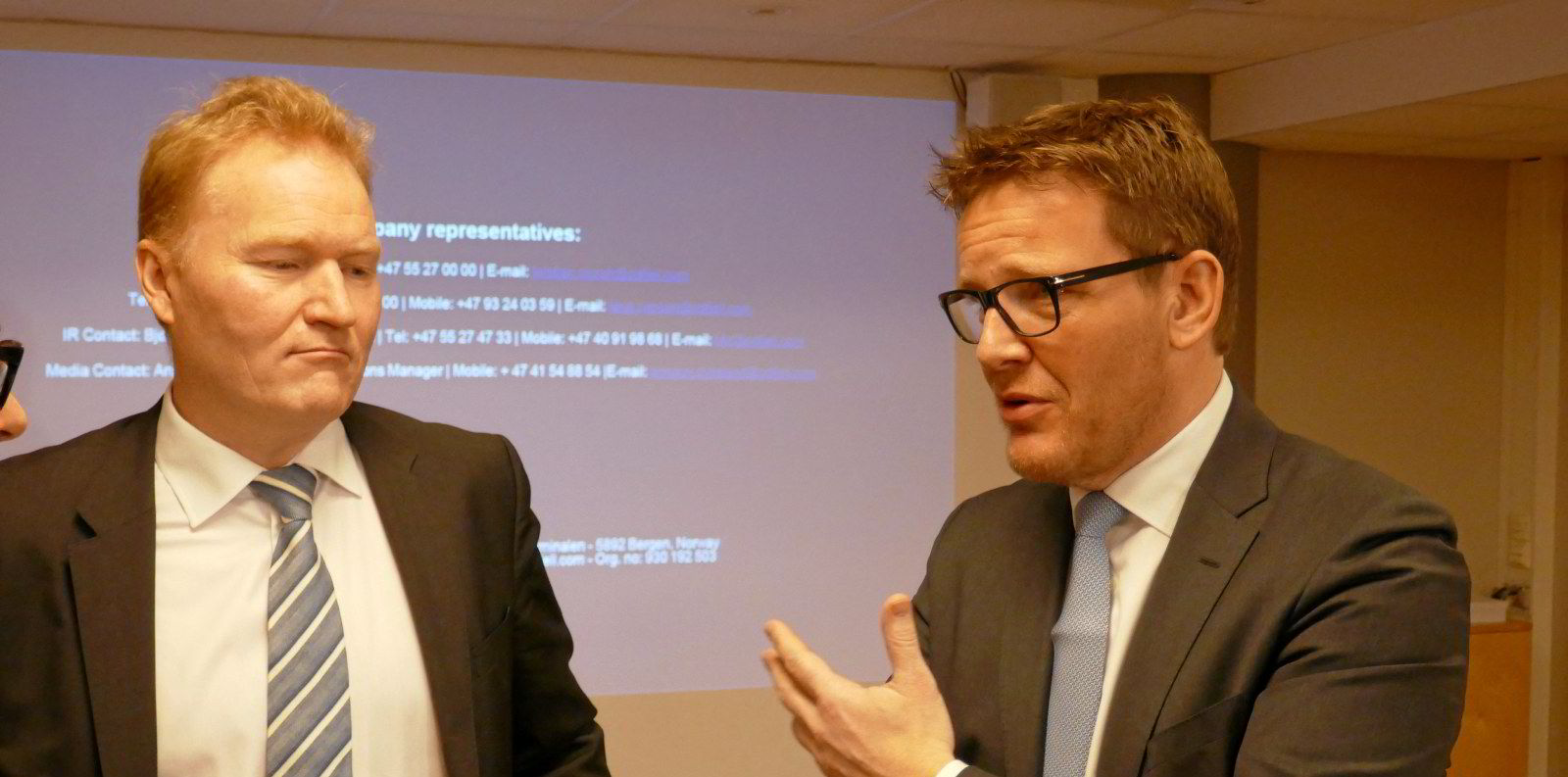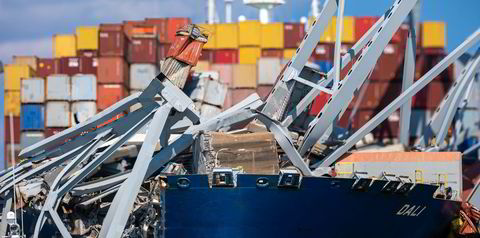Siem Offshore could have to take legal action in Brazil to force through its $1bn debt restructuring plan.
The Oslo-listed offshore vessel owner revealed on 22 January that it is closing in on a long-term financial reorganisation that will almost wipe out existing shareholders.
But an imminent agreement with European banks and bondholders is contingent on a solution being found for its Brazilian bank borrowings.
Siem Offshore chief financial officer Dagfinn Lie told TradeWinds the secured bank debt in Brazil is about $115m.
Acceptable
"We hope to find an agreement with the Brazilian banks that is acceptable for the European banks," he said.
"If there is a non-consensual agreement where the Brazilian banks [do] not see the benefit [of] agreeing to the restructuring plan, we will consider to use legal proceedings to solve Brazil."
Lie added that an agreement with European lenders and bondholders can still be approved, subject to a deal with Brazilian banks within a "reasonable time" after February.
Talks are continuing with the Brazilian banks. Siem Offshore had earlier admitted it was exploring "alternative options" with a view to excluding Brazilian development bank BNDES and Banco do Brasil from the consensual refinancing process.
Consensual restructuring
Creditors will own about 96% of the company through a debt swap if the deal goes through.
Kristian Siem's Siem Industries, the OSV owner's largest shareholder, will see its stake cut from 83% to 30% as it converts some bond debt into stock.
Siem Offshore has been working on a "consensual" financial restructuring since the first quarter of last year in dire OSV markets.
The plan involves about $268m of debt being converted into shares: bonds of $129m, secured bank debt of $132m and hedging liabilities of $7m.
Bondholders are voting on 5 February, with a substantial number backing the company, Siem Offshore said.
The remaining secured debt will be serviced in full, with maturity in December 2024.
Over the past five years, Siem Offshore has cut its fleet from 46 to 32 vessels and reduced debt by $500m.
It has made $600m in impairments since the downturn began in 2015 and has been vocal in calling for consolidation among OSV owners to help them out of a tough period.







